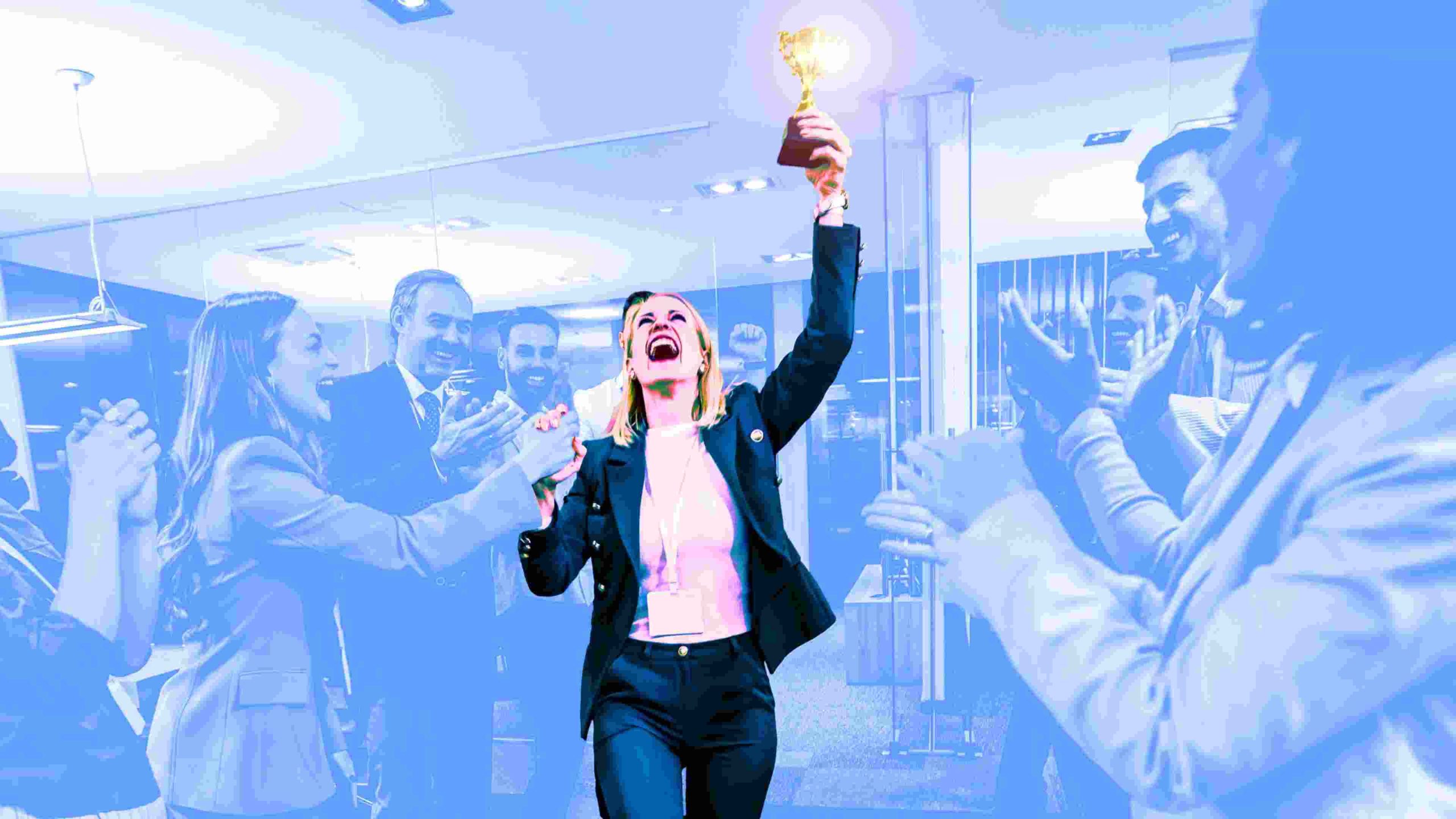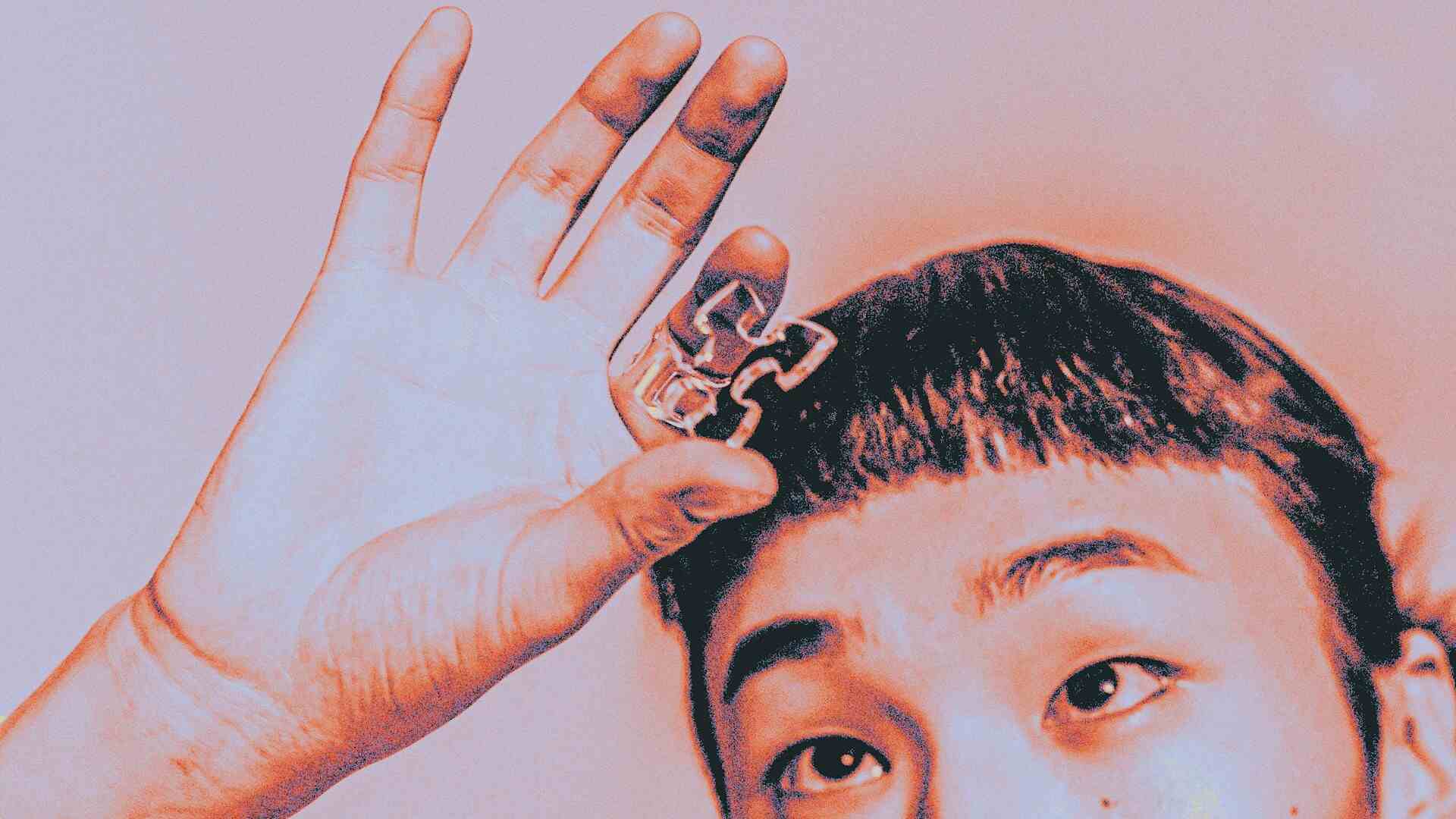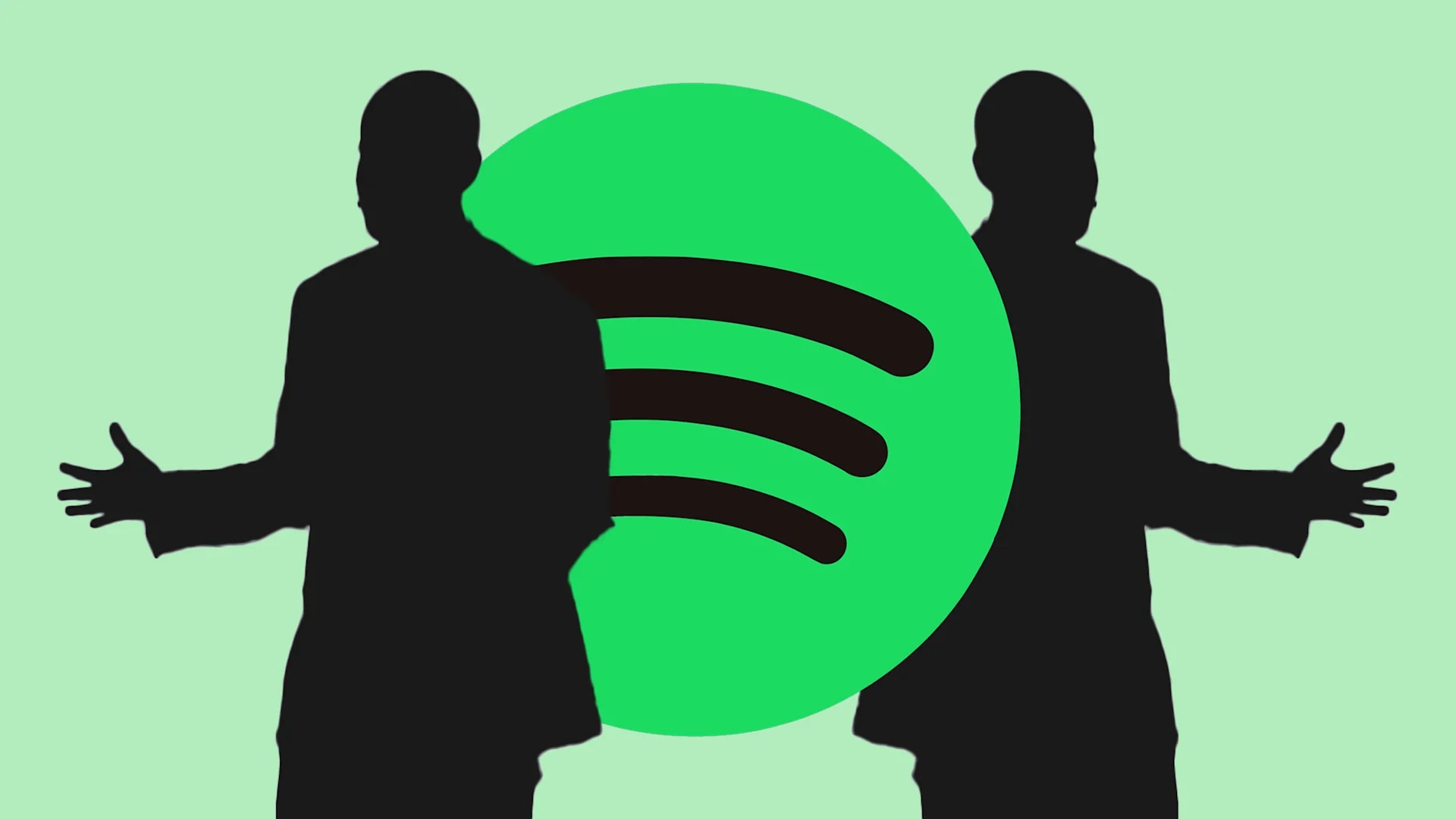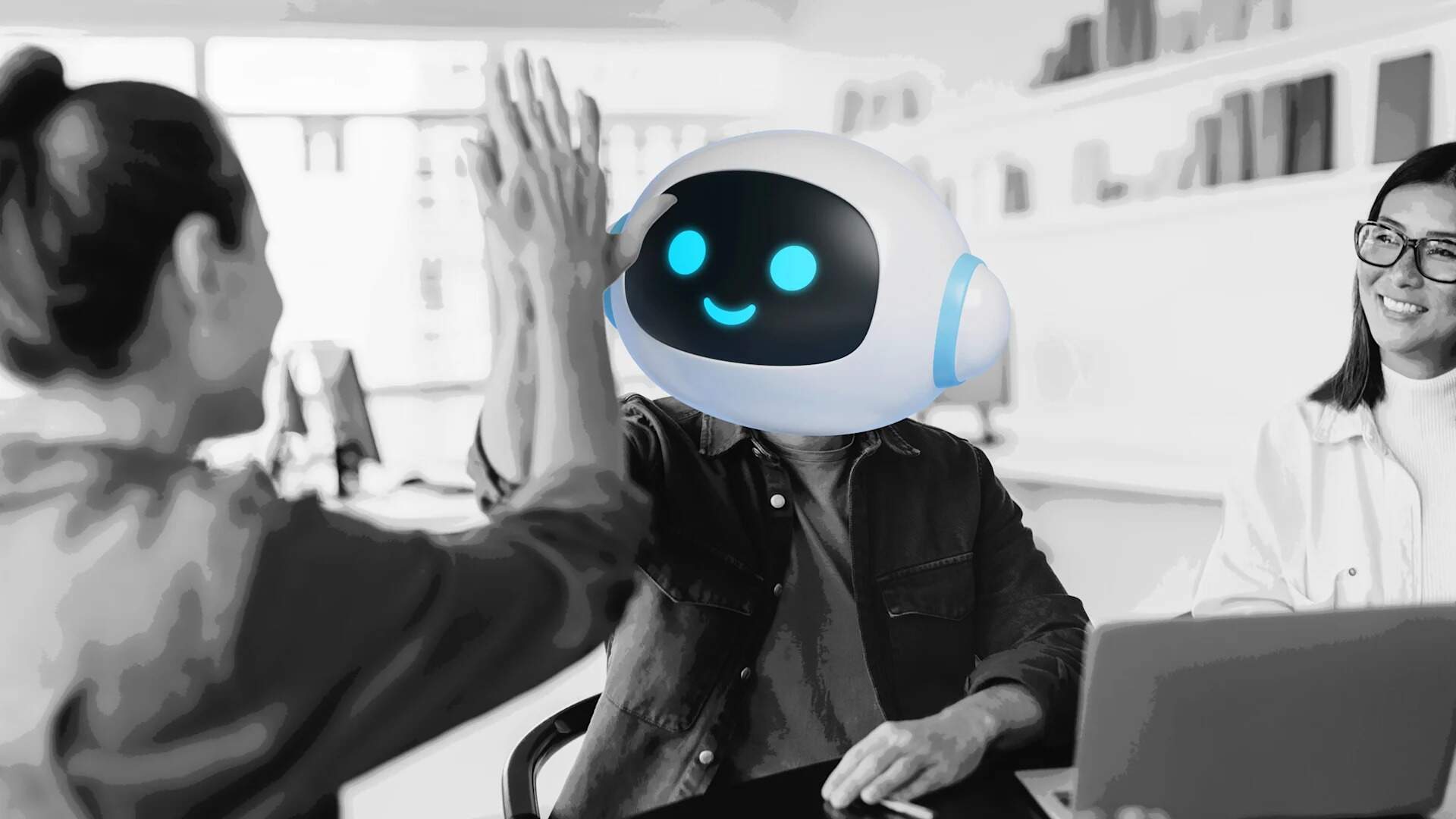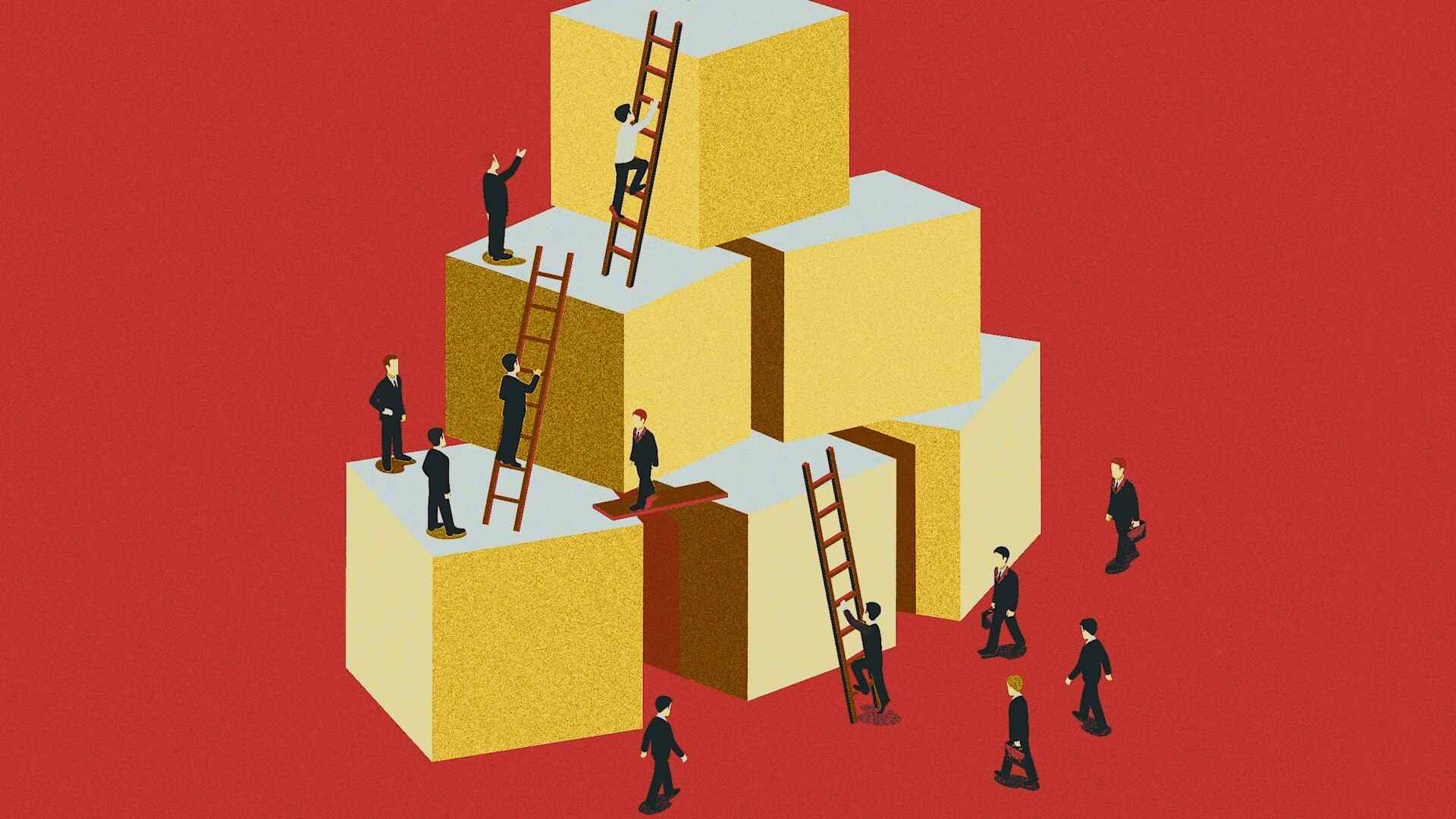- | 9:00 am
We need to redefine creativity. Here’s a less intimidating roadmap to find your own at work and in life
The founder of Birk Creative says anyone in any field whether it’s science, technology, engineering, or math should never lose sight of the fact that their decisions and their thoughts, and the way they make things, represent art.
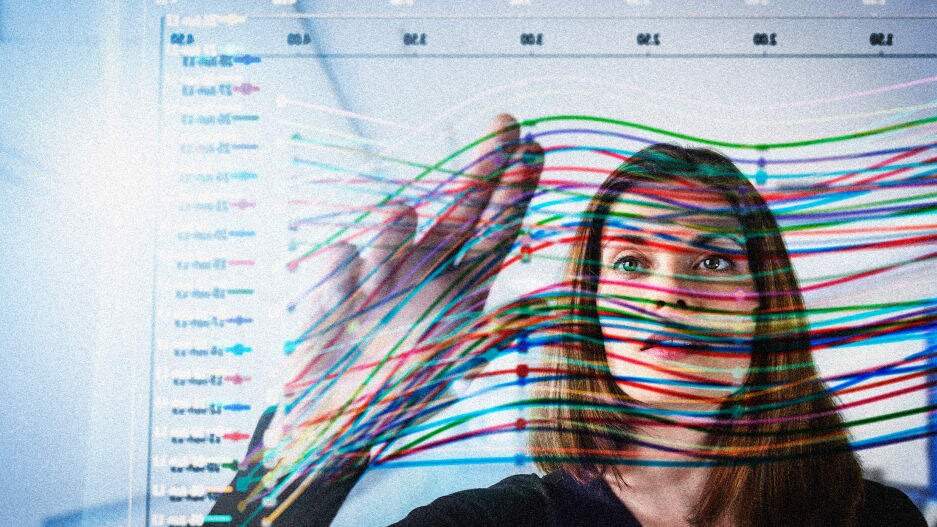
Any time you have an idea or ask a question, it’s creation.
There is a stigma around the word “artist,” and this stigma is that you have to hold a paintbrush, or write a song or a book, or be a fashion designer making clothes to be considered a creator or artist. These are narrow definitions of what a creative or an artist is.
How many times have you asked someone, “Did you make that?” and the person responds, “Oh God, no! I don’t have a single creative bone in my body.” As if the only definition of creativity is being able to hold a pencil and draw something. This is a lie we’ve been told since we were children, and we believed it. Our vision of an artist is set to the standard we see in museums or what we see during the Grammy Awards—all the historical references of what a “real” artist is.
I once had an orthodontist work on my mouth. He told the story of how he helped Halle Berry get her beautiful smile. He loved to tell that story. But the beautiful thing he told me was that he saw himself as an artist first and an orthodontist second. I remember being very curious about that statement because I believed that anyone could be an artist.
Most people won’t believe it because of what they’ve been told, but here’s what my orthodontist shared with me: He said, “I’m an artist. Yes; I’m an orthodontist, but I’m an artist because I see people’s faces and mouths and their structure and I make creative decisions about how to line up materials and use exacting science to make better shapes. I use my artistic sensibility, my sense of shape in line and pattern and balance, to make decisions on how to lay in braces.”
I believe this orthodontist was gifted and that anyone in any field whether it’s science, technology, engineering, or math should never lose sight of the fact that their decisions and their thoughts, and the way they make things, represent art.
Many people in math and sciences will tell you that things are set in stone because formulas have been proven, and that there’s no room for art or faith in STEM.
I like to suggest that thinking is always a process of creation. You are creative because you’re thinking, and thinking is creative. We need to redefine what it means to be an artist. The often repeated definitions must be unpacked, unraveled, and reformulated into something for everyone.
Because everyone can be an original, an artist, and a creative.
But constantly consuming what other people make fills you up and leaves no room for your own ideas. It’s become more challenging now for creative adults and especially children to grow into artists because of the distraction of artificial intelligence and AI-powered social media technologies.
I recently came across a social media post written by a creative executive at a large consumer packaged goods company. On LinkedIn, this person is not labeled as an artist or designer but rather as a creative procurement officer and curator—hidden behind the title of global creative director. Global creative directors typically articulate a vision and then find talent to refine and execute on it. This particular executive, with a childlike giddiness that popped off the page, shared images of art he “created” using a generative artificial intelligence tool called Midjourney. The executive seemed overjoyed at finally being able to create a work of art all by himself instead of needing to find and then hire a human artist to bring his ideas to life.
This was troublesome to me on many levels, but what felt clear to me was that this person wanted to be an artist but was told he didn’t have that kind of creative talent, and so became instead a curator of artistic talent at a magnificent global brand. And using this fantastic AI tool that fully rendered a 4K digital artifact, the executive believed that he, not the AI, created the art.
Midjourney is a double-cross, a trick of epic proportions, a mindf*ck. And yet I fully understand the desperate attraction and inherent need of this tool because all of our lives we are told that unless we hold a brush and put paint on a canvas, we are an artistic failure. Even if we do become a visual artist, we are told we’ll end up on the steps of the Art Institute of Chicago, like the now-famous and dead artist Lee Godie, with a tin cup, selling her work for pennies. In absurd irony, her art now sells in for millions.
Social media platforms have somehow found a way to make you feel you’re discovering things, using your imagination, and being creative when you’re looking at things and scrolling. There’s a powerful feeling now that when you live vicariously you are curating and finding interesting things. And you reshare things believing that you found it first. But the algorithms are created for you, and you are in a recycled digital loop. Your friends are, too.
But you can consume to create. Use social media tools in a counterintuitive way: to research, learn something new, read, create a business, write about a passion you have. These ideas may have nothing to do with painting or fashion but they are still creation, and what is creation becomes art.
A doctor uses their hands for surgery, deciding whether to remove or fix something. Of course there is science, knowledge, and data behind these actions. But a doctor’s decision, while it is informed by technology tools, can still be a human decision, and that decision can be artistic, creative, and imaginative.
If doctors did not have imagination, if they weren’t able to think about possible scenarios, if they weren’t able to, in their minds, create alternative universes of success, they wouldn’t be successful doctors. These processes are creative, and anyone who has ever told a young child who is interested in medicine that they can’t be an artist and that they’re going to be a doctor instead was lying.
Take a look at social media and see all the doctors who have side hustles of art, yoga, DJing, writing, sewing, making movies on their iPhones. You can’t ever convince me that doctors and lawyers and accountants don’t have a creative bone in their body. If you need more proof, learn about Richard Feynman, the artist turned physicist, or learn about Charles Limb, a neuroscientist, surgeon, and jazz musician who explains what playing jazz looks like inside the brain.
If everyone in the world believed they were an artist, if they accepted creativity and difference and variety in their thinking—if they understood that their thoughts were an original work of artistic value—we would not be having some of the problems we have in the world today. We would accept that all people, including severely marginalized people, are good, human, and valid. People would recognize that they are different from everyone else and would relish the idea of their uniqueness.
If everyone in the world believed they were an artist, they would also recognize the value of artistry in every single human being who walks the Earth. They would see that a person’s acts are creation because they are their own, created by no one else. And we don’t have to like a particular creation for it to be considered art or creative. It doesn’t have to go viral for it to be good.
Here are some strategies you can use to recognize the strength in your own creativity:
- Recognize that you’re a creator, too—when you do, you’re more awake and alive and contributing value to the world.
- Relish your thoughts because your thoughts are ideas, and ideas can become real.
- Stop for a few moments a day; pay attention to your thoughts and accept that your thoughts are creation.
- Reverse engineer and create something out of what you might have just consumed online (consume to create).
- Start noticing things. Creation manifests in many forms. Creation and art are not what you were told growing up.
- Write down or record a question, thought or idea, immediately and right now.
- Record a stream of consciousness, even if it is nonsensical, from your brain to paper or a voice recording. Do not edit or fix typos or grammar. Do not feel compelled to share it with anyone. Try to do this once per day. This can be intentional or unintentional. Snatch an idea from thin air, don’t let it escape.
- Reject shame, embarrassment, or even celebration at your idea. Be compassionate and let it live for a while.
- Create without judgment or consume with intention to build on or improve on an existing idea. This is still creation! This is not a diary or journal. This is a chance for you to become aware that you are a creator and have been creating every day since you were born.
- Finally, organize your desk, line up pencils, categorize your books or tools, clean one cabinet and reorganize it. Look at the results with a creative eye, not a critical one. The visual myth that the real artist has a messy, paint-splattered studio is false. Organized things can reflect creativity as well. There can be art in order, even if it’s the way you line up bottles in your refrigerator. If you need a reminder, just watch how Marie Kondo folds a T-shirt.












